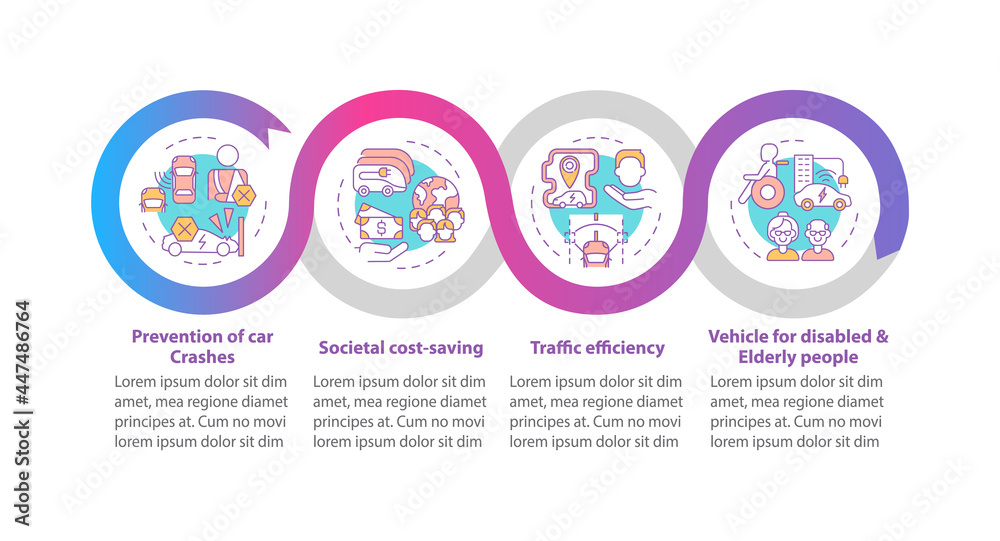Airplane Near Misses And Crashes: Data Visualization And Safety Implications

Table of Contents
Understanding the Data on Airplane Near Misses and Accidents
Analyzing airplane near misses requires access to reliable and comprehensive data. The sheer volume and complexity of this data necessitate sophisticated analysis techniques, with data visualization playing a central role in uncovering critical trends and patterns.
Sources of Aviation Safety Data
Several reputable organizations collect and publish aviation safety data. These include:
- FAA (Federal Aviation Administration): The primary source for US aviation safety data, offering various reports and databases, including accident investigation reports.
- NTSB (National Transportation Safety Board): The US agency responsible for investigating major accidents, providing detailed analysis of causes and contributing factors.
- EUROCONTROL: A European organization that collects and analyzes safety data across European airspace, providing valuable insights into pan-European trends.
- ICAO (International Civil Aviation Organization): The global governing body for international aviation, setting standards and collecting global accident data. The ICAO Aircraft Accident Digest is a key resource.
Data collection, however, faces challenges:
- Data standardization differs across countries, hindering global comparisons.
- Self-reporting systems, while valuable, may underrepresent the true number of incidents due to underreporting.
Types of Aviation Incidents
It’s vital to distinguish between different types of aviation incidents:
- Near Misses (Incidents): Events that could have resulted in an accident but did not. These are often referred to as close calls.
- Accidents: Events resulting in damage to an aircraft or injury/death to people on board or on the ground.
- Serious Incidents: Incidents that, while not resulting in an accident, had a high potential for a serious consequence.
The ICAO defines accident severity levels, ranging from minor damage to fatalities, providing a standardized framework for analysis.
Key Data Points for Analysis
Effective analysis of airplane near misses relies on collecting and analyzing crucial data points, including:
- Altitude and Speed: Critical for assessing proximity to other aircraft or terrain.
- Proximity to other aircraft: Measured using parameters like distance and time to collision.
- Weather Conditions: Visibility, wind speed, and precipitation can significantly impact safety.
- Aircraft Type and Age: Identifying potential mechanical issues associated with specific models.
- Pilot Experience and Training: A critical factor in accident causation.
- Air Traffic Control Communication: Analyzing the effectiveness of communication and coordination.
Data Visualization Techniques for Analyzing Airplane Near Misses
Data visualization transforms raw aviation safety data into actionable insights, revealing patterns and trends that might otherwise remain hidden.
Visualizing Geographic Patterns
Maps are indispensable for visualizing the spatial distribution of incidents:
- Heatmaps: Show the density of incidents across a geographic area, identifying high-risk zones (e.g., around busy airports).
- Choropleth Maps: Represent incidents across administrative regions, highlighting differences in incident rates between areas.
The choice of map type depends on the specific data and the questions being addressed.
Time-Series Analysis of Incidents
Line charts are effective for tracking trends over time:
- Analyzing incident rates over years, months, or even days can reveal seasonal patterns or the impact of new safety regulations.
- Moving averages smooth out short-term fluctuations, revealing underlying trends more clearly.
Exploring Relationships with Scatter Plots and Correlation Matrices
Scatter plots visualize the relationship between pairs of variables:
- For example, a scatter plot could show the relationship between pilot fatigue (measured by flight hours) and the number of near misses.
- Correlation matrices display the correlation coefficients between multiple variables simultaneously, revealing complex relationships.
Safety Implications and Recommendations Based on Data Visualization
Data visualization plays a crucial role in improving aviation safety:
Identifying High-Risk Factors
By visualizing data, we can identify high-risk factors such as:
- Pilot error (e.g., poor decision-making, inadequate situational awareness).
- Mechanical failure (e.g., engine malfunction, faulty instrumentation).
- Air traffic control issues (e.g., communication breakdowns, inadequate separation of aircraft).
- Adverse weather conditions (e.g., low visibility, strong winds).
Informing Safety Regulations and Training Programs
Insights from data visualization are essential for:
- Developing and refining safety regulations.
- Improving pilot training programs to address identified weaknesses.
- Optimizing air traffic management procedures to reduce congestion and improve communication.
Improving Communication and Coordination
Real-time data visualization tools, such as dashboards, improve situational awareness for:
- Pilots: Providing real-time information about surrounding traffic and weather.
- Air Traffic Controllers: Enhancing their ability to manage traffic flow and prevent conflicts.
- Maintenance crews: Facilitating proactive maintenance based on early warning signs of potential mechanical issues.
Conclusion
The analysis of airplane near misses and accidents is critical for improving aviation safety. Data visualization provides an indispensable tool for transforming raw data into actionable insights. By utilizing available data sources from organizations like the FAA, NTSB, EUROCONTROL, and ICAO and employing effective visualization techniques, we can identify high-risk factors, inform safety regulations, and improve communication and coordination. By actively engaging with data on airplane near misses and utilizing visualization tools, we can collectively contribute to a safer future for air travel. Let's leverage the power of data to prevent future incidents and minimize the risk of airplane near misses.

Featured Posts
-
 Celebrated Amphibian Gives Commencement Speech At University Of Maryland
May 23, 2025
Celebrated Amphibian Gives Commencement Speech At University Of Maryland
May 23, 2025 -
 Controversa Andrew Tate Revenirea Din Dubai Si Planurile Sale Viitoare
May 23, 2025
Controversa Andrew Tate Revenirea Din Dubai Si Planurile Sale Viitoare
May 23, 2025 -
 Ecb Your Source For English Cricket
May 23, 2025
Ecb Your Source For English Cricket
May 23, 2025 -
 Chanted Free Palestine Before Attack Who Is Elias Rodriguez
May 23, 2025
Chanted Free Palestine Before Attack Who Is Elias Rodriguez
May 23, 2025 -
 The Future Of Museum Programs Assessing The Impact Of Trump Era Funding Reductions
May 23, 2025
The Future Of Museum Programs Assessing The Impact Of Trump Era Funding Reductions
May 23, 2025
